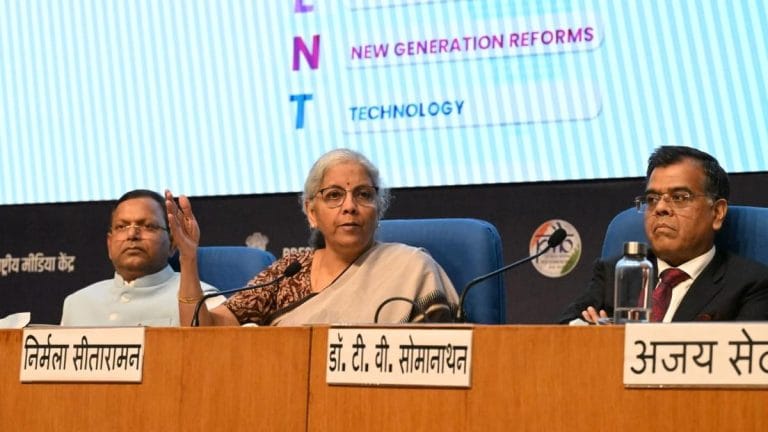🎧 Listen to This Article
Global Capability Centres (GCCs) have revolutionized the operational strategies of multinationals by centralizing key services and driving cost efficiencies. India’s attractiveness as a hub for GCCs stems from its skilled workforce and competitive costs. However, the transfer pricing (TP) implications associated with GCCs are multifaceted and require a thorough, dynamic approach to compliance and risk management.
GCCs face This report examines the principal TP challenges faced by GCCs in India and offers practical recommendations to enhance compliance and mitigate audit risks.
1. Introduction: The Growing Importance of GCCs in India
India hosts thousands of GCCs, supporting functions ranging from IT and finance to analytics and R&D. The Indian government’s digital transformation and Make in India initiatives further fuel this growth.
However, GCCs do not merely provide services; they increasingly contribute value creation, innovation, and intellectual property development, raising complex TP questions regarding profit allocation.
2. Functional and Risk Analysis of GCCs
2.1 Nature of Functions Performed
- Routine Support Services: Some GCCs act as cost centers providing routine back-office services.
- Value-Added Services: Others undertake decision-making, develop software or processes, and assume entrepreneurial risks.
2.2 Key TP Challenge
Accurate functional analysis is critical. Overstating the GCC’s role can lead to unwarranted profit allocations and consequent adjustments by Indian tax authorities.
Case Example:
A GCC that claims to perform R&D without substantive economic substance might face disallowance of associated profits.
3. Intangible Assets and Intellectual Property
3.1 Identification and Ownership
GCCs often create or enhance intangibles software, trademarks, processes which complicates TP analysis.
3.2 Valuation Complexities
Valuation methods must be robust, reflecting the actual control and risks borne by the GCC.
3.3 Regulatory Expectations
The Indian TP regime requires demonstrating both legal and economic ownership of intangibles. Documentation must detail how risks and rewards are shared within the group.
4. Benchmarking Challenges
4.1 Unique Nature of GCC Transactions
GCCs often engage in integrated, multi-functional services that lack close comparables in the market.
4.2 Approaches to Benchmarking
- Use of multi-year data to smooth results
- Application of profit split methods in appropriate cases
- Use of internal comparables where feasible
5. Cost Allocation and Service Charges
5.1 Transfer Pricing Methods for Services
- Cost-plus method is most common, but must reflect actual costs plus an arm’s length mark-up.
- Fixed-fee arrangements require careful justification.
5.2 Allocation of Shared Costs
Cost pools must be fairly allocated, based on usage drivers or benefit metrics.
6. Documentation and Compliance
6.1 Indian TP Documentation Requirements
- Master file and local file reports under Indian TP law
- Detailed functional, asset, and risk analysis
- Disclosure of intercompany agreements and policies
6.2 Impact of Non-Compliance
Audit risks include significant penalties, prolonged disputes, and reputational damage.
7. Recent Indian Tax Authority Trends and Litigation
- Increased scrutiny of GCCs’ functional roles and intangibles
- Notable TP disputes involving Indian GCCs have set a precedent on profit attribution and benchmarking.
- Authorities expect detailed substance and contractual alignment.
8. Practical Recommendations
8.1 Conduct Regular Functional Reviews
Update functional and risk profiles periodically to reflect evolving GCC roles.
8.2 Strengthen Documentation
Ensure consistency between contractual terms and actual practices.
8.3 Employ Robust Valuation Techniques
Involve valuation experts for intangibles and complex transactions.
8.4 Prepare for Audits
Maintain transparency and prepare to explain TP policies clearly to tax authorities.
9. Conclusion
GCCs remain a powerful strategic asset for multinationals, but India’s accompanying transfer pricing challenges are significant. A proactive, well-documented, and economically substantiated TP approach is essential to safeguard against disputes and ensure compliance.
For further details, clarification, contributions, or any concerns regarding this article, please contact us at editorial@tax.news. We value your feedback and are committed to providing accurate and timely information. Please note that our privacy policy will handle all inquiries.



